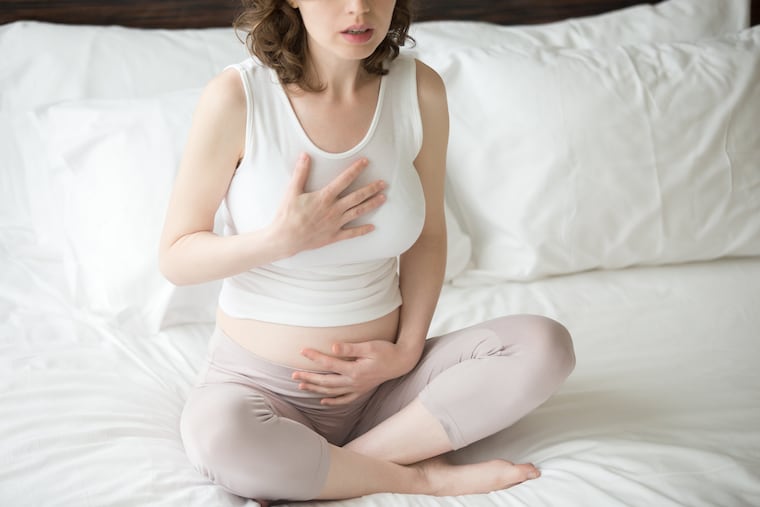3 evidence-based strategies to reduce anxiety at home
Given these unprecedented times, it is not surprising that the mental health needs have exploded. Fortunately, there are evidence-based relaxation techniques that you can practice to manage anxious feelings. Here are step-by-step instructions to try at home.

The coronavirus has delivered the world intense fear and overall panic. Given these unprecedented times, it is not surprising that the mental-health needs of the population have exploded.
Fortunately, there are evidence-based relaxation techniques that you can practice to manage anxious feelings. Here are step-by-step instructions to try at home.
Deep breathing
Many times, when people are anxious, their breathing is shallow and irregular. This pattern can lead to an imbalance between carbon monoxide and oxygen, leading to stress on the heart and brain, which can contribute to such anxiety symptoms as increased heart rate or feeling light-headed. Here’s how to practice deep breathing:
Place yourself in a quiet environment, free of distractions.
Start in a seated position and place one hand on your chest, and the other on your stomach. The hand on your stomach should move out as you breathe. If the hand on your chest rises up, then you are not breathing deeply. (Think of pushing the breath out of your stomach.)
Take a deep breath in from your nose or mouth for roughly four seconds and then gently breathe out for roughly four seconds. Focus on the motion of the air. Remember to push the breath out of the stomach. Continue this deep-breathing pattern for four minutes.
To master this skill, practice four times a day for one week.
Progressive muscle relaxation
In this technique, the muscles are intentionally tensed and relaxed, with a usual progression from head to toes or vice versa. The goal is to relax the body in a simple way that people can use as a skill when they get anxious. The technique teaches people how to notice the difference between the tension and relaxed states. Here’s how to practice muscle relaxation (from toes to the head):
Find a comfortable place to sit or lie down that is free of disturbances.
Curl your toes as if you’re trying to squeeze an object with them.
Hold this tension for roughly five seconds and then relax for 10 to 15 seconds. Then, tense again for five seconds and relax for 10 to 15 seconds. Repeat the tension and relaxation cycle as many times as needed for this muscle group and each muscle group thereafter.
Point the toes down as if stepping on a gas pedal to feel tension in the calves.
Point the toes up to feel tension in the thighs.
Tighten the muscles in the buttocks.
Bring your stomach in as if trying to push your belly button close to your spine.
Arch the back.
Shrug the shoulders as if trying to touch the ears.
Extend the neck back. (People tend to carry a lot of tension in the neck and back so this may be repeated multiple times.)
Squeeze the hands as tight as you can.
Bring the lower arm as close to the upper arms as if curling the biceps at the gym.
Clench the jaw.
Squeeze the eyes closed and purse the lips tight.
Wrinkle the forehead as much as possible.
Imagery
This technique elicits mental images to evoke feelings of relaxation before a stressful event. First, close your eyes to block out any distractions. Then, think of a calming scene or recall pleasurable experiences in your mind. The more details to the scene, the better. To improve your ability to relax, think of the sounds, sensations, and smells that are portrayed in the scene.
Remember that consistency will make these techniques more effective.
Danielle Weitzer is a psychiatry resident at the Rowan University School of Osteopathic Medicine.